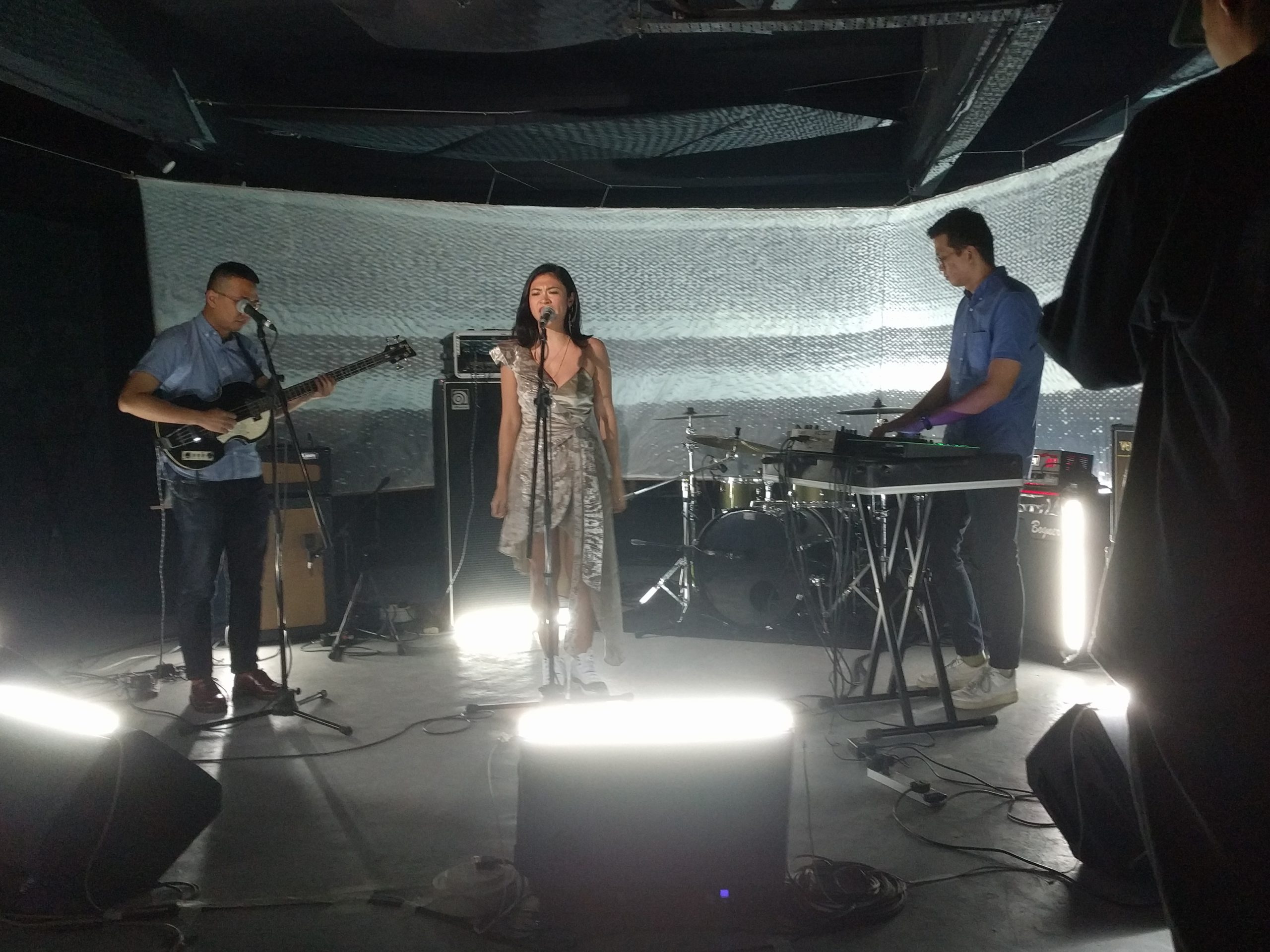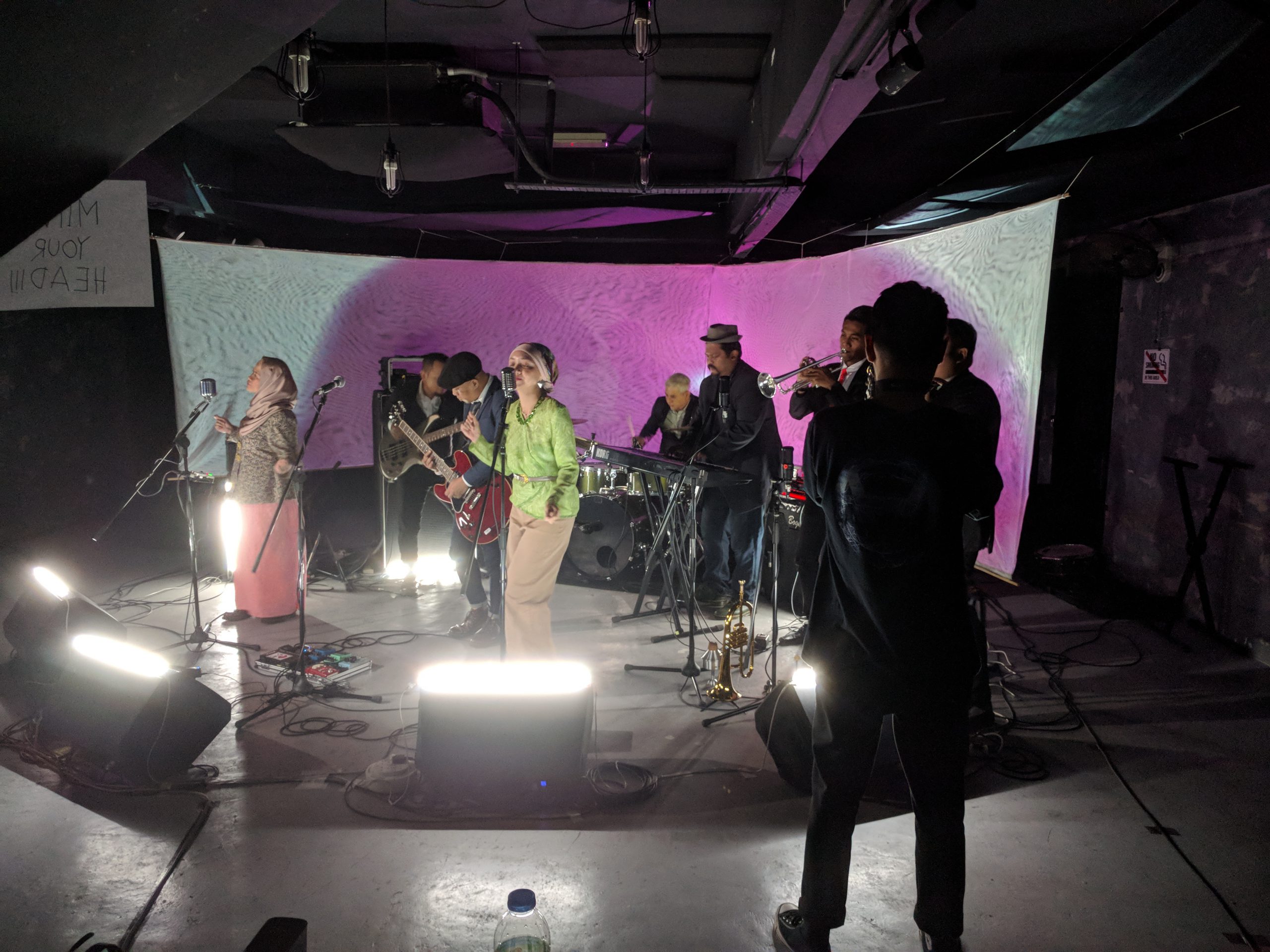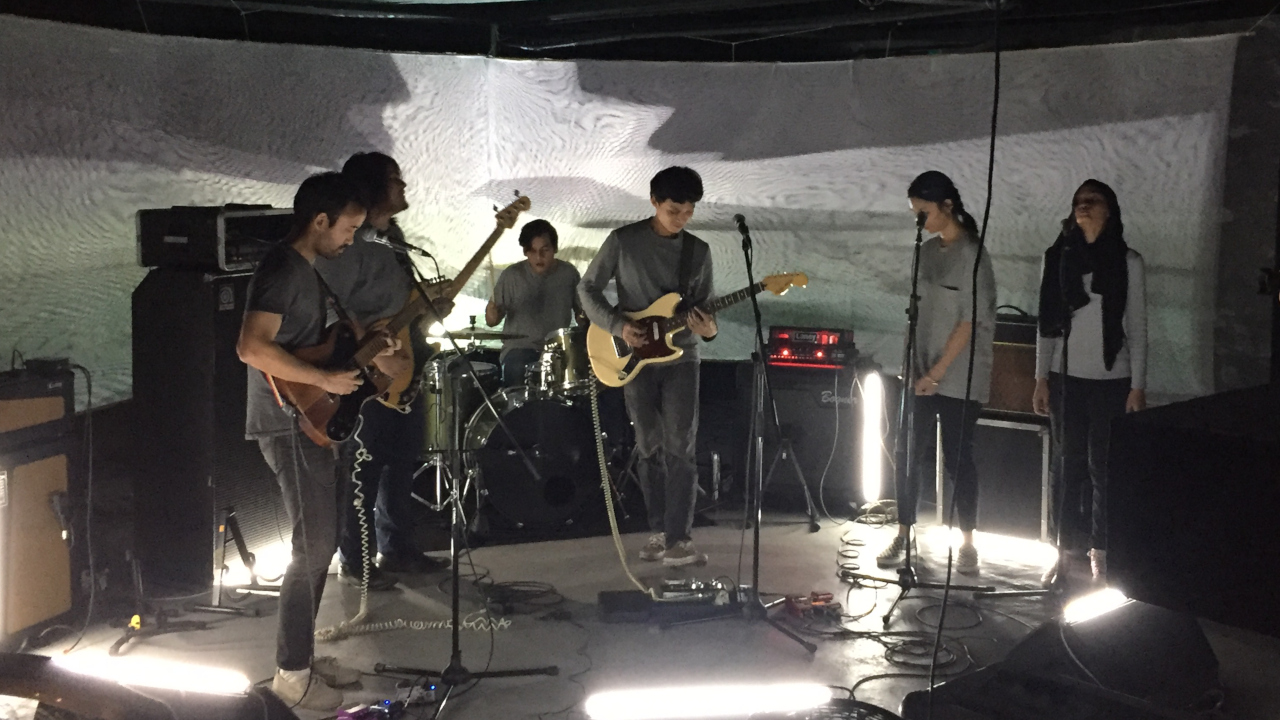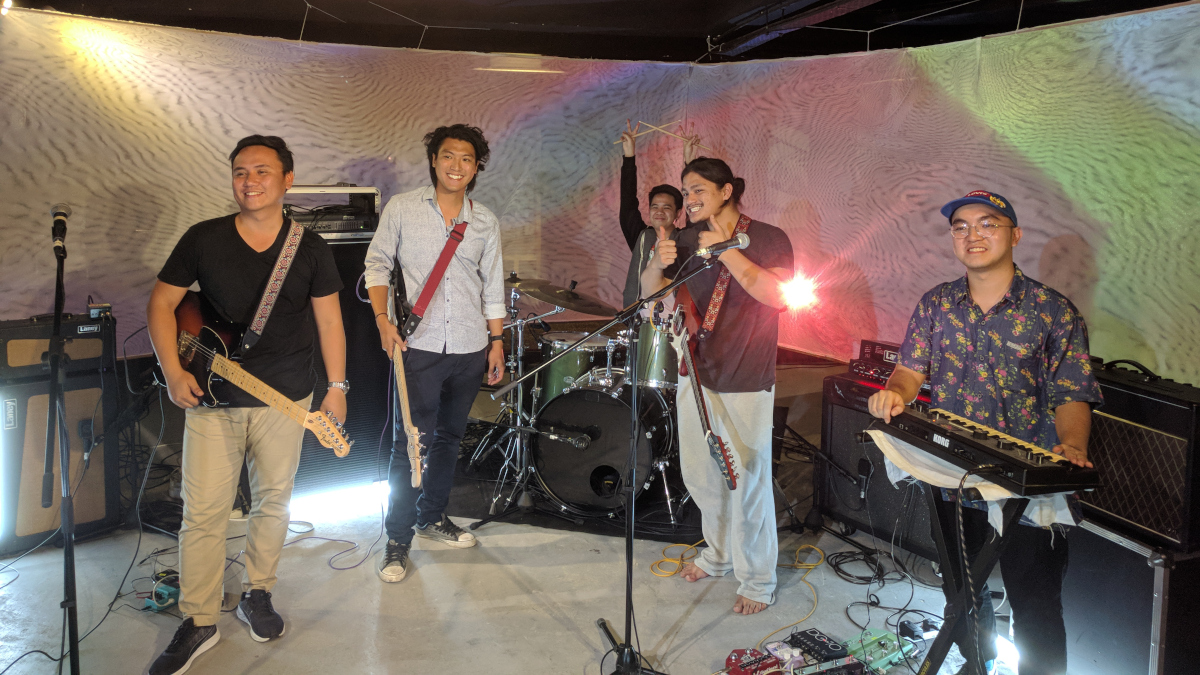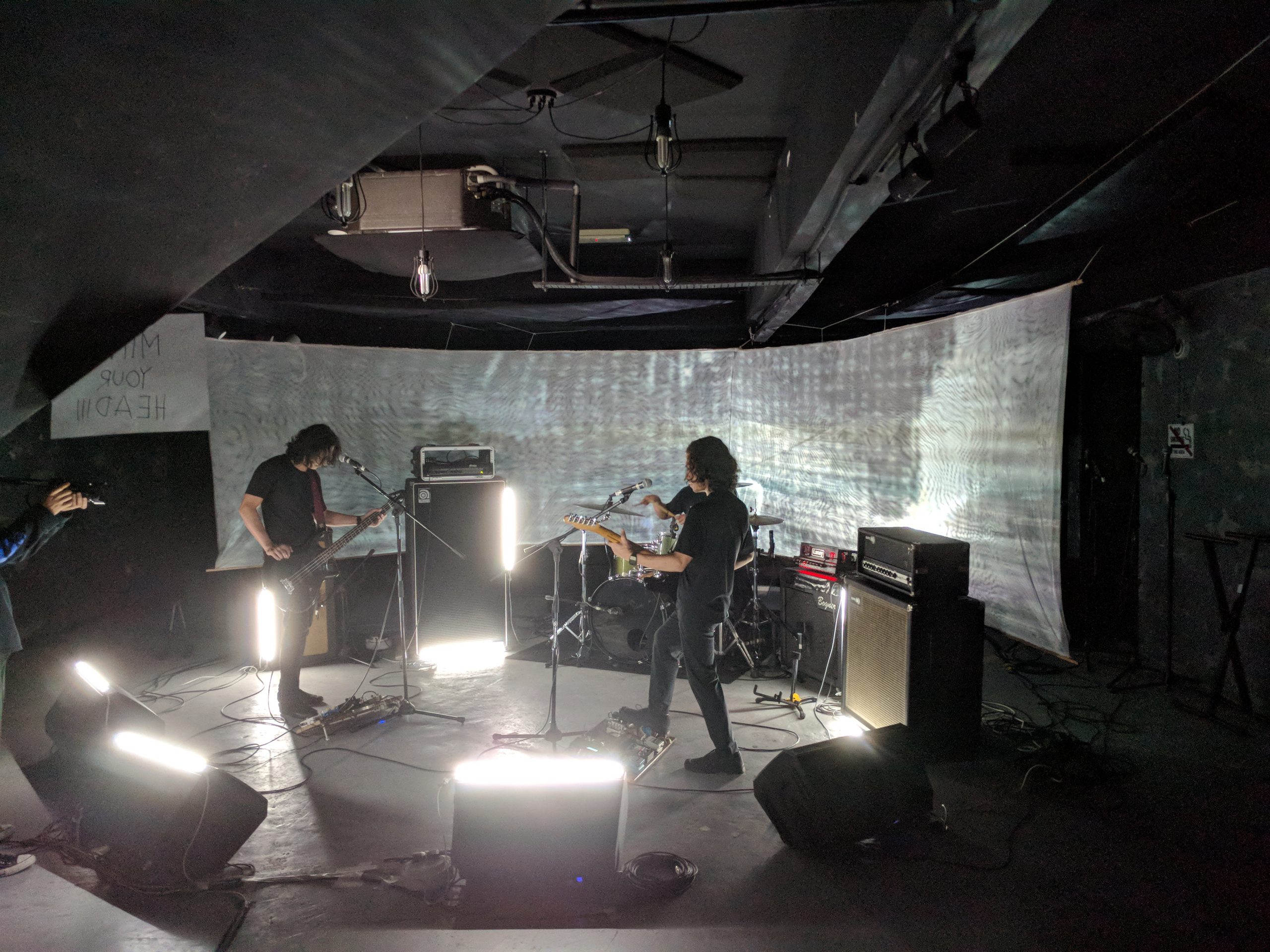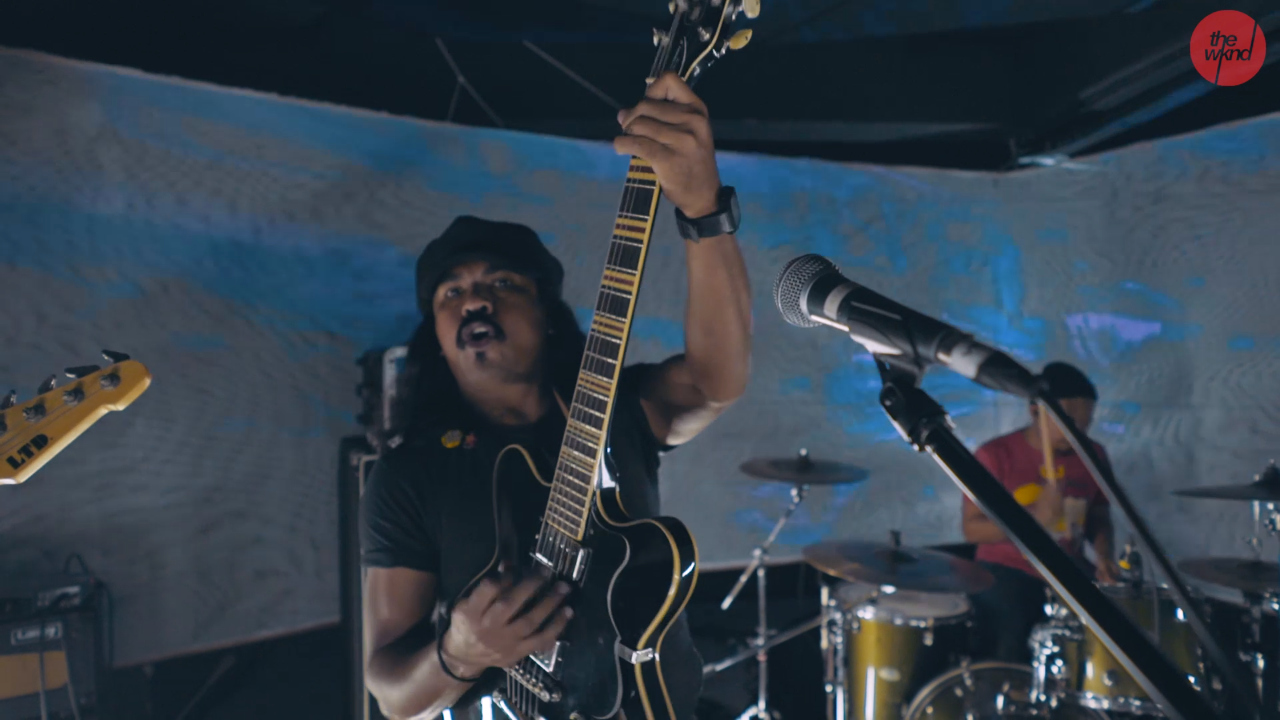Like it or not, if you are in a band in this part of the world, you will appear meagre in comparison to whatever Ska-Punk band playing the same gig. Your cleanly clothed listeners whom for the past half and hour have stood silently erect, politely listening to your urban and bourgeois set of songs, all the while, clutching a can of Heineken and nodding in silent approval will no doubt be instantaneously swarmed and on occasion, eaten alive by a very sweaty, very eager stampede of Converse & Vans wearing, studded belt slingin’, shredded denim jacket & ankle-length shorts bearing kids, all dressed in either a black or white shirt (or the odd, neon coloured football jersey in exceptional cases) and shrieking the lyrics to every song and ‘Oi’ the band has to offer.
And It is simply because Ska-Punk is devoid of any pretention and is easily relatable to almost anyone. That is not to say that the genre lack sophistication altogether. At the core of it, what makes this brand of music a mega hit is its warm-blooded melody, driven by little bursts of the brass section, filled on every upbeat by semi-muted guitar and three-chord choruses, all of which is rooted in the fashion of reggae: a crucial factor, taking into consideration how Ska-Punk is executed live, which unlike traditional trash punk, is flawlessly delivered as if it were conducted by a baton wielding symphonist.
All things said the genre is a bombastic formula for a damned good time that even your unjustly opinionated and uptight anime watching cousin who listens to nothing but Japanese Visual Kei bands would take notice.
One such band (or more appropriately a decet, a sextet or a septet, depending on how many people is playing – 11 at the time of print) shining valiantly on the music scene’s horizon is Johor based – Plague of Happiness. Formed in Pasir Gudang at the end of the millennia in 1999, the group, legendary in their own right, (as Ska-Punk bands eventually become in due time) are an exemplary beacon of Ska-Punk eminence in the region.
Good old fashion showmanship strictly rooted in nothing but the genre and music played to kids who want nothing more than to be part of a distinct culture: that which is unified through song and lyric, camaraderie felt through congregation.
The importance of the many die-hard fans of Plague of Happiness and their role in preserving the band and the Ska-Punk culture is by no means an exaggeration. Take into consideration, 21K likes on facebook and more than 26K people connected to the group via the new myspace (if you’ve ever wondered who uses the new myspace, now you know) It seems almost preposterous that all this has escaped the corrupting and devaluing touch of mainstream capitalization.
But that is exactly the point and Plague of Happiness has definitely not sold out. All these years maintaining a strong fan base not just in Malaysia but also throughout the region as their 2010 tour of Indonesia proved, a market most Malaysian bands could only dream of penetrating, all whilst churning out memorable masterpieces like Kawan, Konspirasi and the brilliantly arranged Hasrat which by no doubt is their best tune to date.
While the group cite Kemuri, a Japanese Ska band famous for their brand of positive mental attitude (Ironically abbreviated as PMA) as their lyrical drive, their own song writing has evolved to form its own distinct flavour, settled in romantic prose and just warmer and more inviting than a glass of milk. These romantic aficionados should be considered musicians of the finest calibre first and having cultivated and thrived under the aforementioned culture – heroes and icons of the community. Under such pretences, one must appreciate the truly genuine spirit of punk that lives on with the group.
Written by Emir Syazwan

